Includes per person per night:
- Overnight accommodation
- Breakfast
4.23045266925553 of 5 Stars
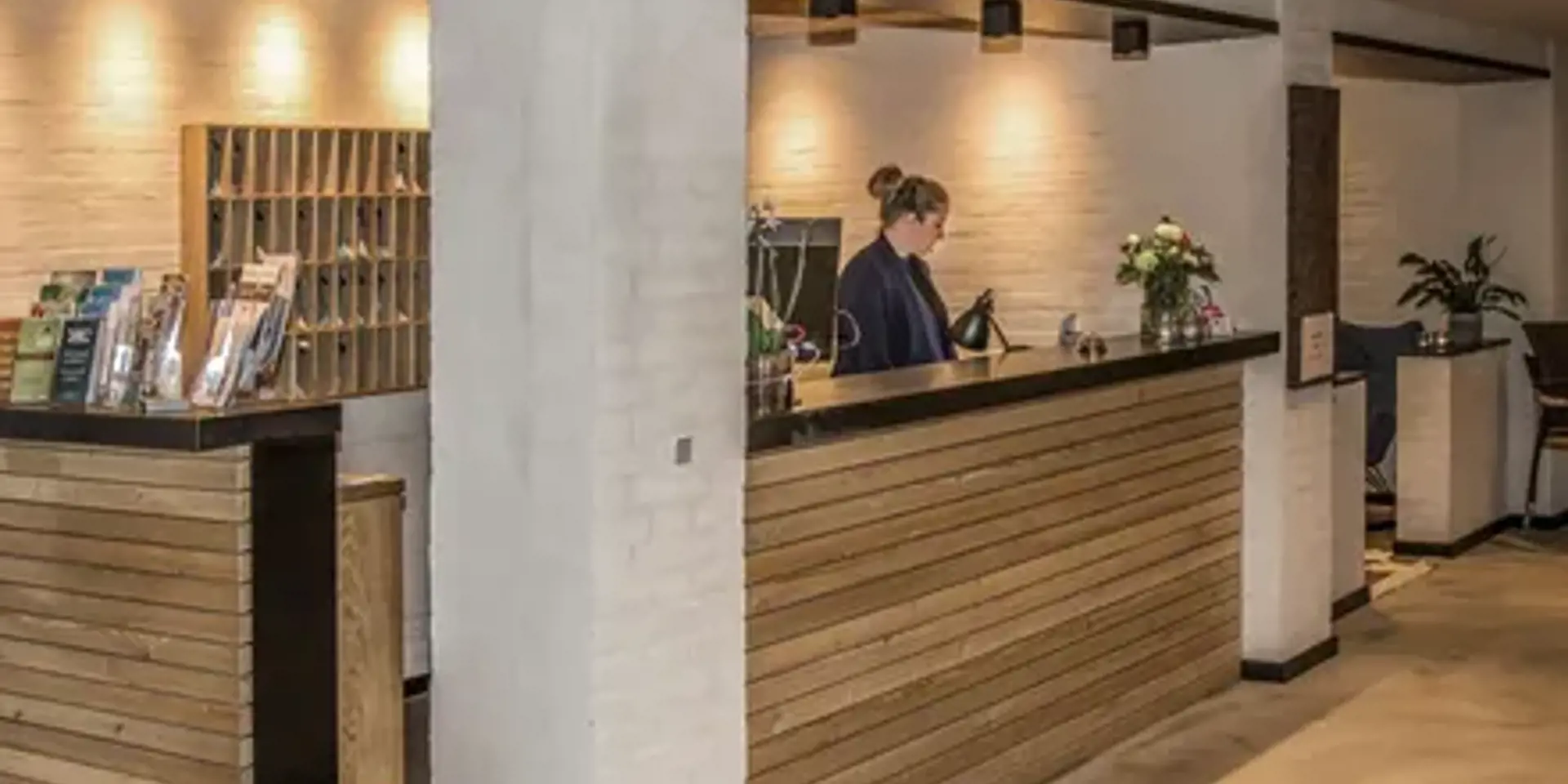
Includes per person per night:
Click the "See calendar and prices" button to choose dates and see the room selection.
See calendar and prices: Standard rateSolglimt 6, 6400 Sønderborg
Show map
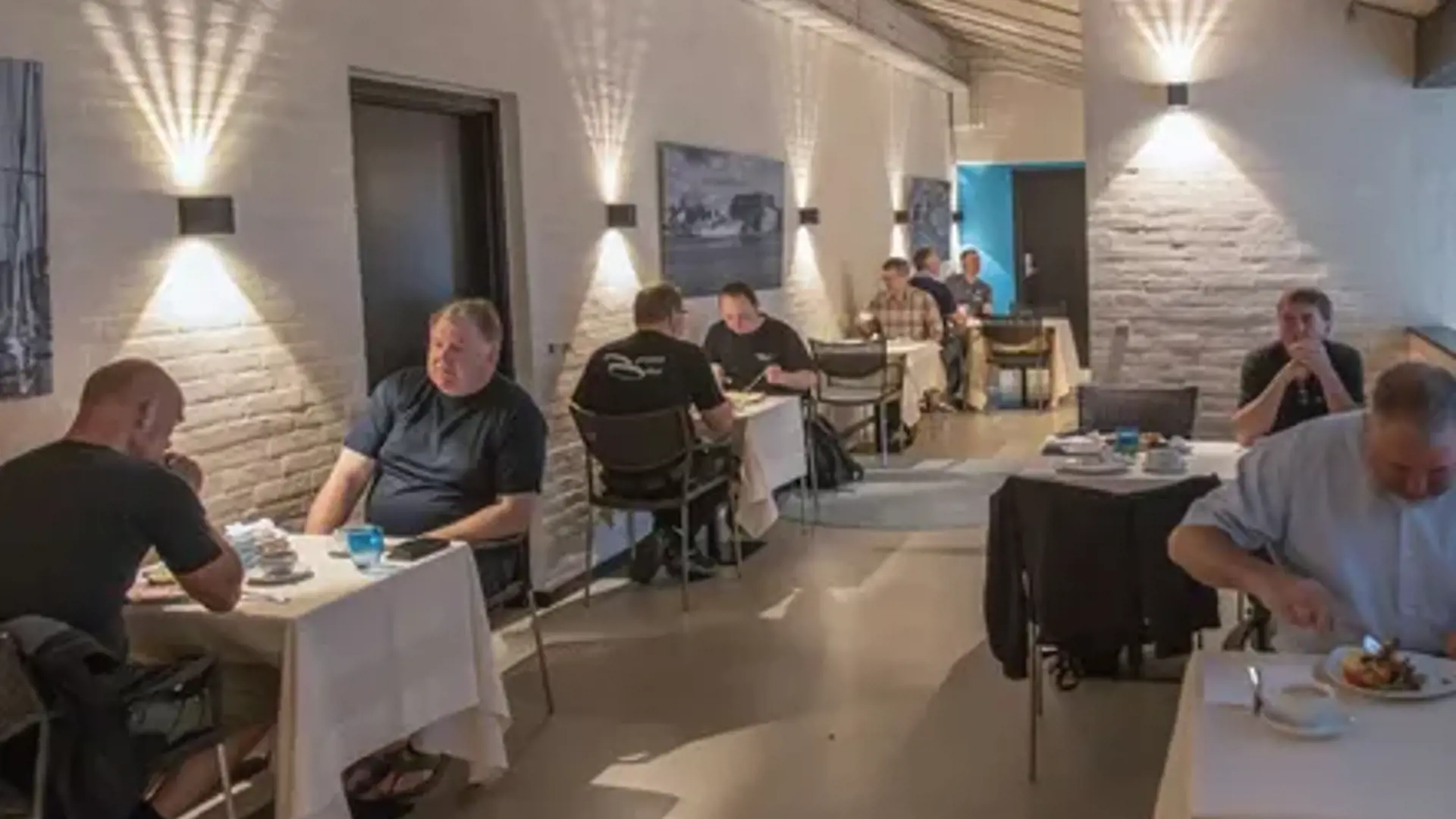
Minimum 3 days / 2 nights
Includes per person per night:
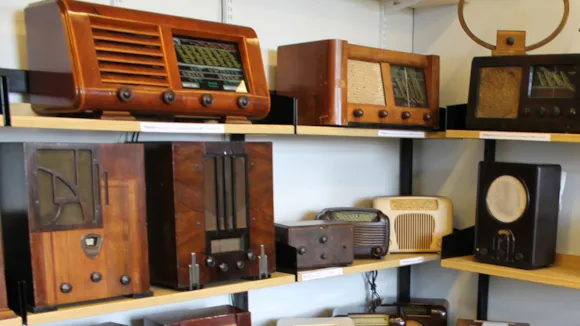
0.81 km
The Radiomuseum is situated at the EUC college in Sønderborg.
The collection is build up around a true copy of the former radio shop 'STIKONI' that was situated in Sønderborg. Besides a true copy of the shop, office and workshop, the museum has a large collection of radio models, tape recorders, records and radio-related equipment of different periods and manufacturers.
Entrance fee: DKK 20,-
Opening hours:
Wednesdays from 10 am - 3 pm - visits without the opening hours can be arranged with chairman Sven Dyhr on phone +45 30 63 14 11 or e-mail: sd@eucsyd.dk
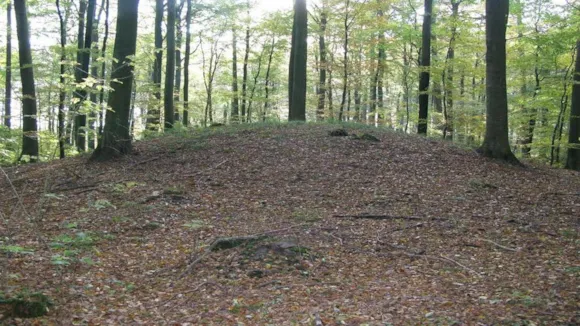
1.1 km
Sønderskoven (the south forest) has an area of approx. 400 hectares. here lies the cosy old forest warden's residence, Egetofte built in 1864. The forest ends sharply toward Sønderborg Bay with steep cliffs, which are constantly worn away by the weather.
Part of the Gendarme Path stretches along the southern part of the forest. The border gendarmes patrolled the path from 1920-1958.
Dogs are welcome in the forest, as long as they are kept on a leash.
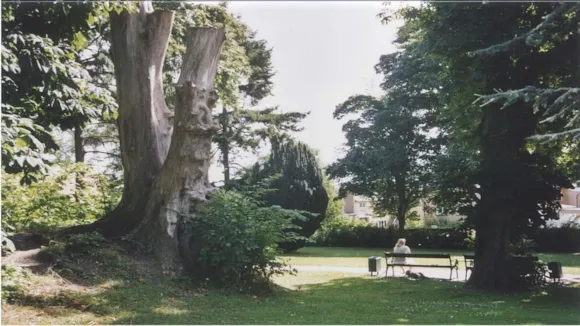
1.55 km

3.81 km
In 1864, Dybbøl Banke and Als were the scene of the last war waged on Danish soil.
After reunification in 1920, a canvas among the population yielded enough money to purchase the entrenchments, and these were given to the Danish state as a national park. The area does not meet the criteria in the National Parks Act of 2007, but can still use the term National Park.
The beautiful area has also been opened to the public through the alteration of agricultural land to grassy areas and the establishment of about 10 km footpaths. On the walk around Dybbøl Banke you can see the remains of the Prussian fortifications and see memorials and tombstones for the fallen during the War in 1864.
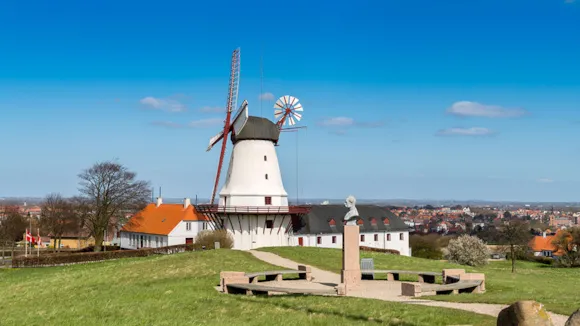
3.58 km
Thunderstorm, wars and short circuit has cost the “life” of today´s mill´s predecessors, and so the mill standing on Dybbøl Banke today is actually the fifth mill on this site.
1744 - 1800
The first mill stands here for 56 years before it is struck by lightning during a thunderstorm and burns down.
1800 - 1849
The next mill burns down after being hit under bombardments during the First Schleswig War (1848-50) also known as the Three Year´s War.
1853 - 1864
Due to the war, the rebuilt of the third mill is postponed and after approx. 11 years, the battles are raging around the mill yet again. The Second Schleswig War or the War in 1864 transforms Dybbøl Banke into a battlefield; the mill is bombarded again and burns down.
1864 - 1935
Denmark loses the war in 1864 and Southern Jutland and the Sønderborg-area is occupied by the Prussians and the next mill is built under German rule. During the time of the industrial revolution electricity is introduced and unfortunately a short-circuit leads to a fire, burning the mill down to the ground.
1935 -
The mill as you see it today is an almost faithful copy of the one built in 1864. The current mill was in operation until 1990, after which it was converted into a museum. In the grain magazine there are exhibitions about Dybbøl Mølle's history in the period 1744-2020 and about Dybbøl Mølle as a symbol. In the mill itself you can see the old grinders and the beautiful view from the gallery.
The poem on the granite tablet
On the current mill sits a granite tablet with a poem by Thordur Tomasson, referring to the wars at Dybbøl Banke. The board's many cracks are due to the heat from the fire in 1935.
The poem sounds more or less like this and only rhymes in Danish
Twice shot into Gravel
Raised again as Mill house
Guardian of a Memorial
A megalith in itself, Danish and faithful.
Scout as far as your Eye reaches
Grave by Grave in the Field stands.
Danish men gave their lives
Loyalty still holds the Trenches.
Tear dewed Wreath of Honour
Surround the Dybbøl Name in Glory.
Generations die, but Language binds.
Future grows of expensive Memories.
Without the war in 1864 and the battles that took place right outside the city gate, Dybbøl Mill would have been just another windmill - read more about Dybbøl Mill as national symbol
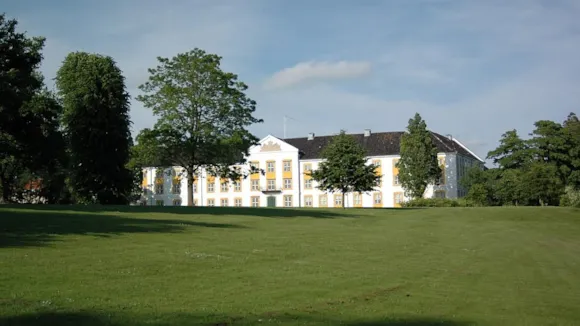
5.85 km
For more than 75 years, parts of the palace have functioned as a psychiatric hospital, the psychiatry has subsequently been gathered in Aabenraa and the palace now houses the Danish Agency for Agriculture, which is why there is no public access.
The beautiful palace church is located in a separate wing and can be seen during its special opening hours, if there are no church acts.
Augustenborg Palace Mini Museum is a small room by the bell tower, where you get an insight into the history of the ducal family.
In the park you can see the remains of the same linden tree, which provided shade for H.C. Andersen when he visited the palace in his time. Maybe this is where he got inspired for the fairy tale about "The Little Match Girl".
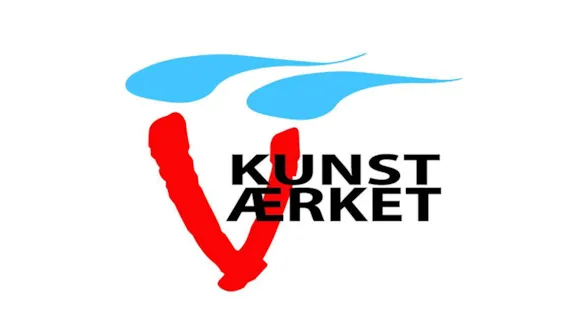
6.11 km
The town of Augustenborg is centrally located on the island of Als and here you will find a true art mecca.
The old town hall has been converted into an artists' colony, where 66 art ateliers and studios have found space for their creative expressions in a variety of art forms.
KunstVærket in Augustenborg is not an actual gallery, as the artists use, among other things, the KunstPunkt exhibition house, which is located in the former post office in the neighboring building.
If you want to meet the artists and look over their shoulders and perhaps become inspired, visit KunstVærket on the last weekend of the month from January to November, where there is an open house on Saturday and Sunday from 11 a.m. to 4 p.m.
When you are in the beautiful city anyway, a visit to KunstPunkt and the Augustiana Art Park and Art Gallery will be obvious.
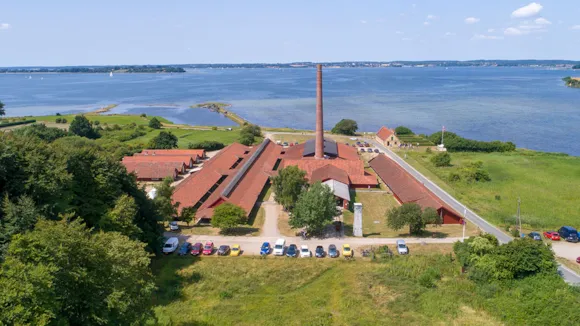
10.44 km
Cathrinesminde Brickworks is a well-preserved cultural environment and museum, designated as one of the most important Danish industrial monuments. The museum tells the story of the brick industry that characterised the region by Flensburg Fjord for more than 200 years.
You will be able to experience life at the Petersen family's brickworks in 1895 through audio stories. You can also follow the production round and experience the clay's journey through a brickworks from the first part of the 20th century.
Cathrinesminde Brickworks is one of Sønderborg’s Top Attractions? If you have a combi-ticket for Sønderborg’s Top Attractions, you’ll be able to visit each of the five attractions – Universe Science Park, History Centre Dybbøl Banke, Sønderborg Castle, the iconic windmill at Dybbøl Mølle and Cathrinesminde Brickworks – once during the course of the season. The combi-ticket costs DKK 449,- for adults and DKK 289,- for children between the ages of 5 and 15. The ticket is valid from the day you buy it until 20 October 2024 – so you’ve got plenty of time to visit all five attractions. The combi-ticket can be bought online at booksonderjylland.dk

13.88 km
Present days there are three castles on the island of Als, but there used to be four.
At the small village Østerholm, near the forest Nørreskoven, you can see the foundation stones of Østerholm Castle.
In 1555, Thomas Sture build the estate Helwithgård with belonging chapel. The service was corrected from Nordborg until 1584, where the duty is transferred to the church at Egen.
Duke Hans the Younger takes possession of the estate in 1584 and renames it Østerholm. Hans the Younger converts the estate into a pleasure- and hunting castle. Two towers with cobber coated onion domes are build and placed diagonal of each other and a French inspired stair tower is added.
The first wife of Duke Hans the Younger, Princess Elisabeth, dies at Østerholm February 11th 1586 and is entombed in the newly erected burial vault at Sønderborg Castle.
At some point of time, Østerholm is used as dower house. Duchess Eleonora moves in after the death of her husband Duke Frederik in 1699 and lives here until her own death in 1680 after a longer term of illness.
Duchess Elisabeth Charlotte is the last to use the castle as dower house. She stays at Østerholm Castle from Duke August´s death in 1699 until her own demise in 1723.
Østerholm Castle is sold to King Frederik IV in 1723. The king newer uses the castle and it is left to decay. Ten years on the castle is accessed by a building commission and found to be in such a state of disrepair that it is beyond salvation. Østeholm is thorn down to the foundation and the stones are reused in the erecting of Nygård in forest Nørreskoven, Hjortholm on Kegnæs and Solbjerggård.
The castle ruin is situated at Voldstedvej and open for public.
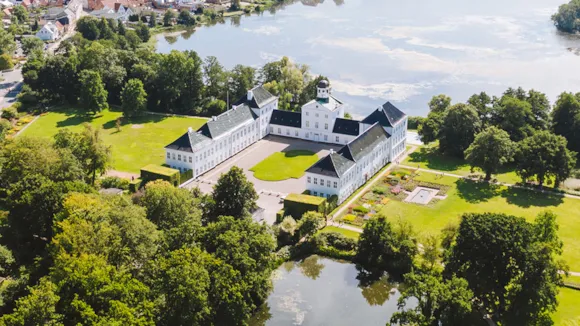
14.21 km
The very first palace in Graasten was a hunting and leisure palace built in the midst of the 16th century. After it burned down in 1603, a new palace was built, probably where the current palace´s south wing is now.
Shortly before 1700 the Chancellor Frederik Ahlefeldt built an impressive Baroque palace, which itself unfortunately burned down in 1757, only leaving the palace church. The current Graasten Palace, or rather the south wing, thus originates from 1759. In 1842 the main building was added.
In 1935 the right of use of the palace was given to the late King Frederik IX and Queen Ingrid. Queen Ingrid was very interested in flowers and stood for the planning of the garden at Graasten Palace until her death in 2000. The interest in flowers and the garden was continued by her daughter H.R.H. Queen Margrethe II.
There is no public access to the buildings and rooms of the palace, except from the palace church, who has special opening hours.
During the New Year's speech in 2023, HM Queen Margrethe II announced her abdication and on 14 January 2024, Denmark got a new king and queen in the form of King Frederik X and Queen Mary.
When the royal family is in residence at Graasten Palace, the area is closed to the public and there is no access to Graasten Palace Gardens and Church; However, the Palace Church is still open in connection with the summer evening song etc.
Graasten Palace Garden & Palace Church will be closed from 1 July - in connection with preparations for the royal family's summer recidence. However, the Palace Church will be open for church services and evening community singing. We expect that the Palace Garden will be open again on Monday 19. august.
On 9 July 4 pm, there will be an official reception of HM King Frederik X and HM Queen Mary at Torvet in Gråsten by Mayor Erik Lauritzen. Weather permitting, after the official reception, the Royal Couple will walk from Torvet via Slotsgade to Gråsten Castle. The royal couple will depart on Saturday 20 July and then H.M. Queen Margrethe II will be in summer residence.
Guard replacement
Once the palace is inhabited, a royal split flag goes to the top of the pole on the palace's bell tower and the Royal Life Guard sets up to guard. Every day there is a shift change of the Royal Life Guard. The guard starts from Det Gule Palæ, Ahlefeldtvej 5, where the new guard’s line up. Accompagniet by two tambours they march at 11.43 a.m. through Gråsten via Borggade, Torvet and Slotsgade to the palace, where the shift will take place at the guard house at 12.00. When King Frederik the X is in recidence, the march on Fridays is accompanied by the Royal Life Guards Tambour Corps and the changing of the guard takes place in the palace courtyard.
Fridays concerts
Will be held in the palace courtyard in connection with the changing of the guard during the royal couple's stay at the palace. The first time will be on Friday 12 July 2024. The last Friday concert is on 19 July.

15.58 km
Learn about science and technology and play your way into a fascinating world. We promise you'll have a lot of aha! experiences and feel a flutter in your belly.
At Universe, you can challenge yourself against hurricane force wind in Beat the Storm, explore a virtual universe where you can paraglide or design your own roller-coaster. You can also zoom away on a segway, test your fear of heights on the Sky Trail, or just enjoy the tranquility of one of the beautiful gardens.
Read more about the many VR challenges, Fire Zone and the digital Danfoss Museum at universe.dk
See also the description of the many exciting shows and events during the 2024 season.
Dogs are welcome
As a dog owner, please read our section on Tips for dog owners, where we briefly describe the rules for bringing dogs into the park.
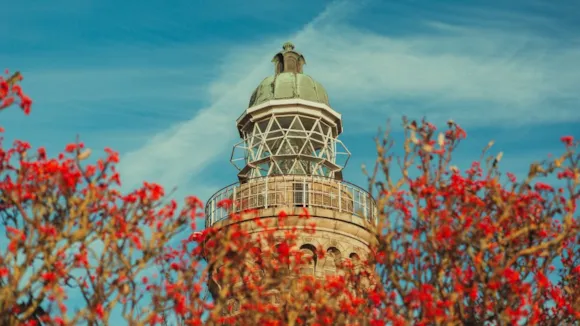
26.27 km
The lighthouse was built in 1881 by Swedish stone-masons - some of whose decendants still live on the island. The lighthouse is built of very finely cut granite stones and stands 32 metres above sea level. The light flashes once every 30 seconds.
Today the old residence of the lighthouse master is the club house of Ærø Golf Club.
Access to the lighthouse
There is access to the lighthouse around the clock against a modest fee. After dark, the top of the tower is a favorite stargazing spot.
Please note that in the evening you must turn on the light yourself just inside the lighthouse's front door.
Also visit The Queen's Cavern
Next to the lighthouse there is a parking lot and from there a path down the beach. When you go down the path there's a hollow called Dronningens Hule (The Queen's Cavern) on your right hand. An old legend tells that a son of King Ure married the king daughter of Lyø.
After the festive wedding, the young couple sailed away from Ærø. Unfortunately, an autumn storm surprised the newly married couple and their ship went down. The young queen's body drove upon the naze at Skjoldnæs that used to be a wooden area. She was then buried there hence The Queen's Cavern.